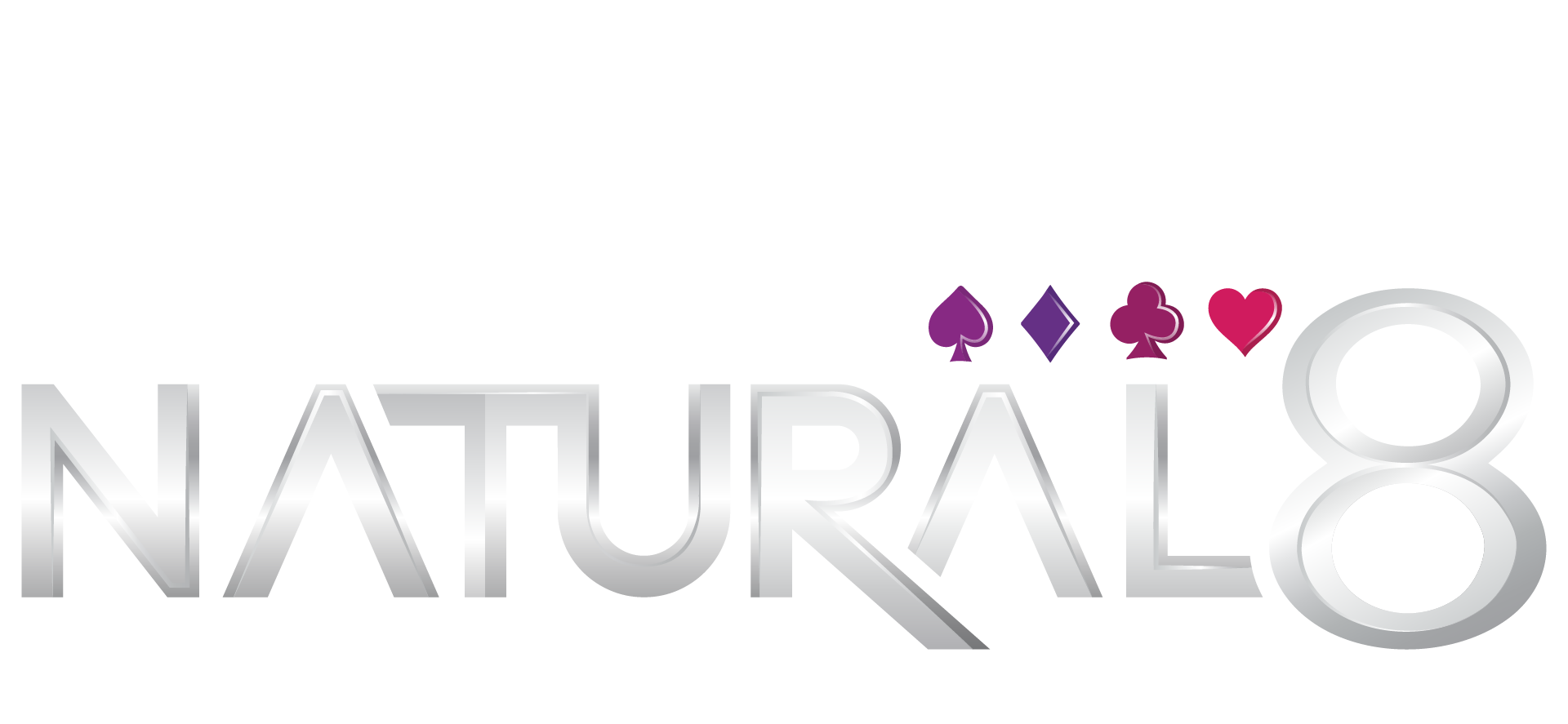2-7 (Deuce to Seven)
2-7 (Deuce to Seven)
2-7 (Deuce to Seven) is a draw-game variant in which the lowest poker hand wins the pot at showdown.
You are dealt five cards and may discard from zero to five of them on the draw(s) and receive that number of replacement cards. In the Single Draw format, each player only has one opportunity to draw for new cards. In Triple Draw, each player has three opportunities to draw for new cards. Please note: On any draw you may ‘Stand Pat’ (not discard any cards) and keep all five cards.
Hand Rankings:
First, it’s important to understand that the hand rankings are different in 2-7 than in other low games. In 2-7, straights and flushes count against your low hand, and aces are always high. So, the best possible hand is: 7, 5, 4, 3, 2. To help understand the ranks of low hands in 2-7, please see below the following examples which are ranked from the most powerful (#1, the best possible hand) to the least powerful (#16, will rarely win a pot):
1. 7 5 4 3 2
2. 7 6 4 3 2
3. 8 6 4 3 2
4. T 7 5 4 3
5. K J 8 7 4
6. A 5 4 3 2 (not a straight - ace-high)
7. A 9 6 4 2
8. 2 2 7 6 5 (pair)
9. 5 5 5 6 3 (three of a kind)
10. 7 6 5 4 3 (a lower straight)
11. 8 7 6 5 4 (a straight)
12. J 7 4 3 2 (all the same suit - a flush)
Note that a low hand is always ranked from its highest card downwards. For example, hand #5 is known as a ‘King-Low’ because its highest card is a King. Hand #3 is a ‘Eight-low’. In poker slang, you distinguish between close low hands by going further down the ranks, so hand #3 would be called a ‘Eight-Six low’, which beats hand #4 a “Ten-Seven low”.
How it’s Dealt:
Draw games are played using blinds, with the player sitting to the left of the dealer button posting a small blind, and the player to their left posting the big blind. 2-7 is also sometimes played with an ante, to be posted by either just the big blind or all players.
Each player is dealt five cards face down followed immediately by a round of betting, where players have the option to either call the big blind, raise, or fold. Players still remaining in the hand after the first round of betting is complete now have the opportunity to draw. In order, clockwise from the button, each of the remaining players will select which (if any) card(s) they want replaced by pushing them forward, faced down. Player may discard all five cards. Player may ‘Stand Pat’, meaning choose to not discard any cards. Once a player has announced how many cards they want to exchange, there is no changing that decision.
After the first draw, there is another round of betting, beginning with the first active player to the left of the button until action is complete. If you are playing Single Draw, that’s it, time for showdown!
If you are playing Triple Draw, there will be two more draws with a round of betting following each, for a total of three draws and four rounds of betting. If more than one player is still left after the final round of betting, it’s time for showdown where the player holding the best 2-7 hand wins the pot.
Determining the Winner:
The player with the best (lowest) five-card 2-7 hand wins the pot.
If two or more hands have the same value, the pot is equally split among them, odd chip awarded to player(s) in the worst position.
Reshuffling:
In draw games, it is possible for more cards to be needed than are remaining in the deck. In this case, the cards are reshuffled, and play continues using the shuffled cards.

